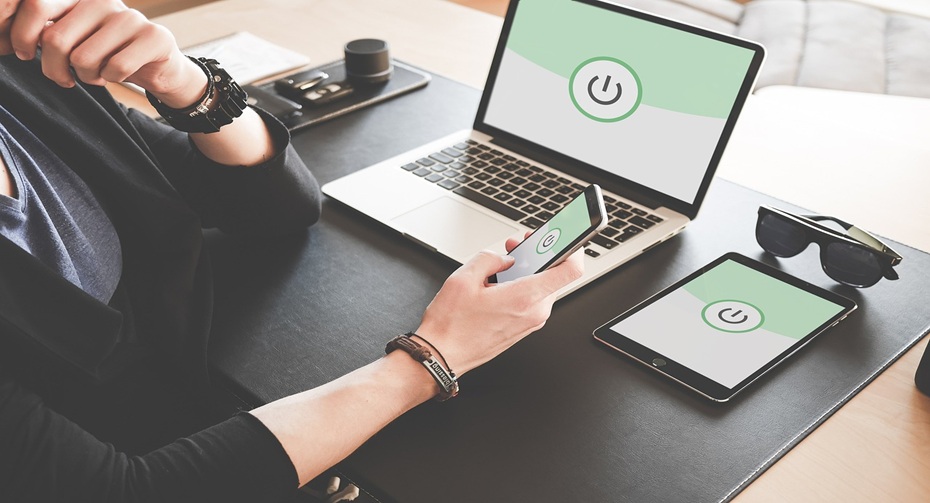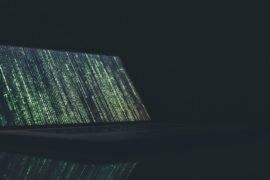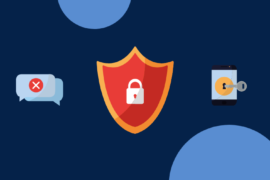It is important to know the potential risks to your online privacy while working in public places, such as cafes, airports, and hotels. You might be scrolling your favourite social media, purchasing, or checking your bank account.
We often take for granted easy access to the internet wherever we go without considering the safety of using a public network. Hackers can easily access public Wi-Fi networks, putting your personal information at risk. However, with the right tools and knowledge, you can protect yourself and your data using public Wi-Fi.
The 5 Risks of Free Public Wi-Fi
One of the most popular and accessible places to use the public free network is fast food chains. You can enjoy a quick meal while also having the ability to, for example, connect to McDonald’s Wi-Fi to check emails, work on documents, or participate in video conferences. This can be an attractive option. Mainly, when you need to work while on the go or don’t have a reliable internet connection at home.
However, it might be risky. Keep in mind that while its Wi-Fi may be convenient. But, it’s still a public network, and it’s important to take the necessary precautions to protect your online privacy. Avoiding sensitive activities, using a firewall, being mindful of phishing scams, and keeping your software up-to-date could be ideal. We tell more about these ways below. And now, let’s take a look at the possible risks:
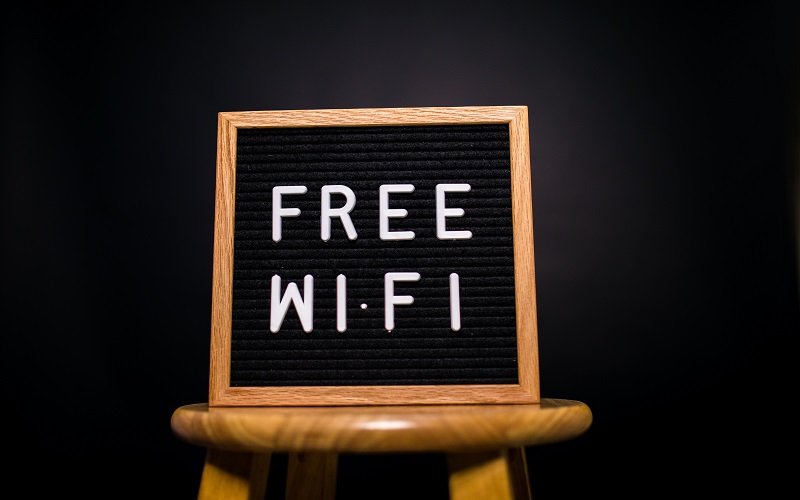
- Man-in-the-middle (MitM) attacks: Public Wi-Fi networks are often unsecured, making them vulnerable to MitM attacks. Data thieves can use these types of attacks to intercept. Also, they can access personal information, such as login credentials and financial data.
- Phishing: Hackers can also use public Wi-Fi networks to conduct phishing scams. This can include sending fake login pages that look like legitimate sites in an attempt to steal your personal information.
- Unsecured connections: Many public Wi-Fi networks are not encrypted. Hackers can easily intercept any data you send or receive over the network. It could include sensitive information such as login credentials, financial information, and other personal data.
- Malware: Hackers can use public Wi-Fi networks to spread malware. This can include viruses, Trojan horses, and spyware, which can be used to steal your personal information or control your device.
- Limited privacy: Even if you use a secure public Wi-Fi network, your browsing activity may still be visible to others on the same network.
It’s always important to be careful when you’re online, especially when using free Wi-Fi. Follow our next tips and tools to protect yourself and your personal information.
Tips and Tools to Protect Privacy
When using public Wi-Fi networks, it’s important to take steps to protect your online privacy and security. Here are our tips and tools that can help you do that:
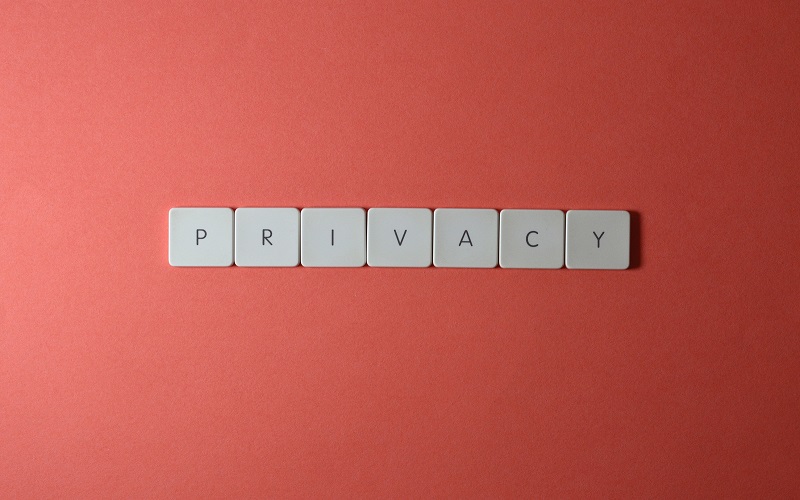
- Avoid using public Wi-Fi networks for sensitive activities: When working on public Wi-Fi networks, it’s best to avoid accessing sensitive information or online banking. Instead, wait until you are on a secure network to conduct these activities.
- Be cautious of phishing scams: Hackers can also use public Wi-Fi networks to conduct phishing scams. Be wary of clicking on links or entering personal information on suspicious websites.
- Use strong and unique passwords: An important and basic step to protecting your accounts from hackers is to use strong passwords. You should use unique passwords and not reuse them across different accounts.
- Keep your device and software up-to-date: Keeping your operating system and software up-to-date will help ensure you have the latest security patches and fixes. This tip reduces the chances of your device being compromised by a hacker.
- Be aware of your device’s security settings: Most devices have settings that you can adjust to increase your security. These include turning off file sharing, disabling remote login, and enabling a screensaver password.
- Be aware of the network you connect to: Always be mindful of the network you are connecting to. Also, make sure you are joining the correct and legitimate network and not a fake one set up by hackers.
- Virtual Private Network (VPN): A VPN encrypts your internet connection. It makes it difficult for hackers to intercept and access your personal information. This is one of the most important tools for protecting online privacy, especially when using a public Wi-Fi network.
- Firewall: A firewall can protect your device from incoming network traffic and prevent hackers from accessing it. Many operating systems have a built-in firewall, but you can also download and install third-party firewalls for added protection.
- Antivirus and Anti-malware software: These tools can protect your device from malware. Likewise, viruses, Trojan horses, and spyware can be used to steal your personal information or control your device.
- Two-Factor Authentication: This adds an extra layer of security to your online accounts. This approach requires a code sent to your phone or an app to log in to your account.
Conclusion
Utilizing the various tools and best practices discussed in this article can effectively mitigate the risk of your personal information being compromised while using public Wi-Fi networks. It is essential always to stay vigilant and take proactive measures to safeguard your online privacy. Indeed, the risk of malicious actors attempting to access your sensitive information is ever-present in today’s digital age.
Remember to take simple yet effective steps. For example, using a VPN, enabling two-factor authentication, and being mindful of the networks you connect to can significantly improve your protection of personal information from potential threats.

